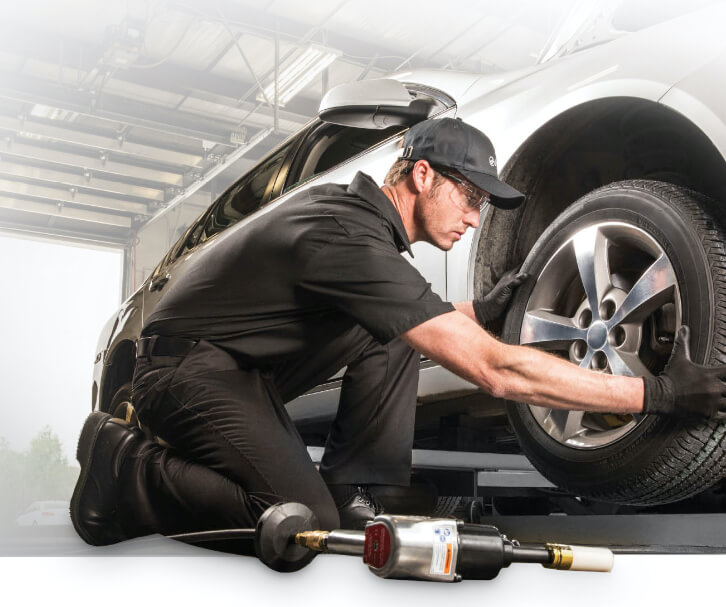Morris Tires: Your Partner for Professional GMC Tires Service
Morris Tires: Your Partner for Professional GMC Tires Service
Blog Article
Tire Solution: The Effect of Climate Problems
When it comes to ensuring optimum performance and safety when traveling, recognizing the influence of weather on tire solution is vital. From scorching warmth to icy roads, each weather component can dramatically influence tire performance and general driving experience. By diving right into the impacts of varying weather condition problems on tires, chauffeurs can obtain important insights that might enhance their car's efficiency and durability. In this discussion, we will check out the complex relationship between weather and tire service, losing light on the importance of weather-specific tire maintenance practices and considerations.
Warm and Tire Efficiency
When exposed to high temperatures, tires experience changes in performance that can considerably impact car security and handling. The heat created from prolonged driving or warm climate conditions causes the tire rubber to soften, leading to decreased walk life and boosted wear.

Winter Results
Cold weather condition problems can have a considerable influence on tire efficiency and safety and security. As temperature levels drop, tire rubber can set, resulting in reduced traction on icy or snow-covered roads. In cool weather condition, tires may likewise lose air pressure extra quickly, which can affect managing and gas efficiency. Additionally, chilly temperature levels can trigger tire sidewalls to tense, boosting the risk of damage from craters or other road threats.
To reduce the results of winter on tires, it is critical to consistently check tire pressure and inflate them to the manufacturer's suggested levels. Making use of winter or all-season tires developed for cold weather problems can also enhance grip and grip on icy or snowy roadways. Correct tire maintenance, consisting of regular examinations for wear and damage, becomes much more vital throughout cooler months to ensure ideal efficiency and safety.
Rainy Issues Impact
Tires with damaged footsteps are much more susceptible to hydroplaning, where a layer of water constructs up between the tire and the road surface, leading to loss of traction. To combat this, chauffeurs should consistently examine their tires for ample step deepness and think about investing in tires particularly made for wet problems.
Furthermore, wet weather can other likewise decrease visibility, making it testing for vehicle drivers to see the road ahead plainly (GMC Tire Service). In such problems, it is vital to change driving speeds appropriately and maintain a safe complying with range to permit for unexpected quits. Effectively inflated tires can additionally assist in preserving control on wet roadways by giving much better handling and grip
Snow and Tire Safety
When driving in snowy problems, having the right tires can make a significant difference in safety and efficiency. Wintertime tires are designed with unique rubber substances and step patterns to supply far better grip on snow and ice contrasted to all-season tires.

Additionally, motorists must think about setting up tire chains in severe snowy conditions. Tire chains give extra traction by clutching the snow and ice, improving security and control. However, it is necessary to adhere to producer instructions when mounting and making use of tire chains to avoid damages to the tires and automobile. By choosing the best tires, preserving appropriate rising cost of living, and thinking about additional grip help like tire chains, motorists can enhance their safety and security when navigating snow-covered roads.
Weather-Related Tire Upkeep
Weather-related tire maintenance includes a range of methods aimed at guaranteeing ideal tire feature and durability in various weather condition situations. One key element of weather-related tire maintenance is tire stress regulation. Examining tire tread read this post here consistently and replacing tires when tread wear reaches a specific deepness is vital for keeping traction and stability in negative weather.
Final Thought
In final thought, weather problems have a considerable effect on tire performance and safety. From warmth affecting tire pressure and wear to chilly weather decreasing grip, it is essential to think about the climate when maintaining and utilizing tires.
In this conversation, we will certainly check out the complex partnership between weather condition conditions and tire service, dropping light on the significance of weather-specific tire maintenance techniques and considerations.

Report this page